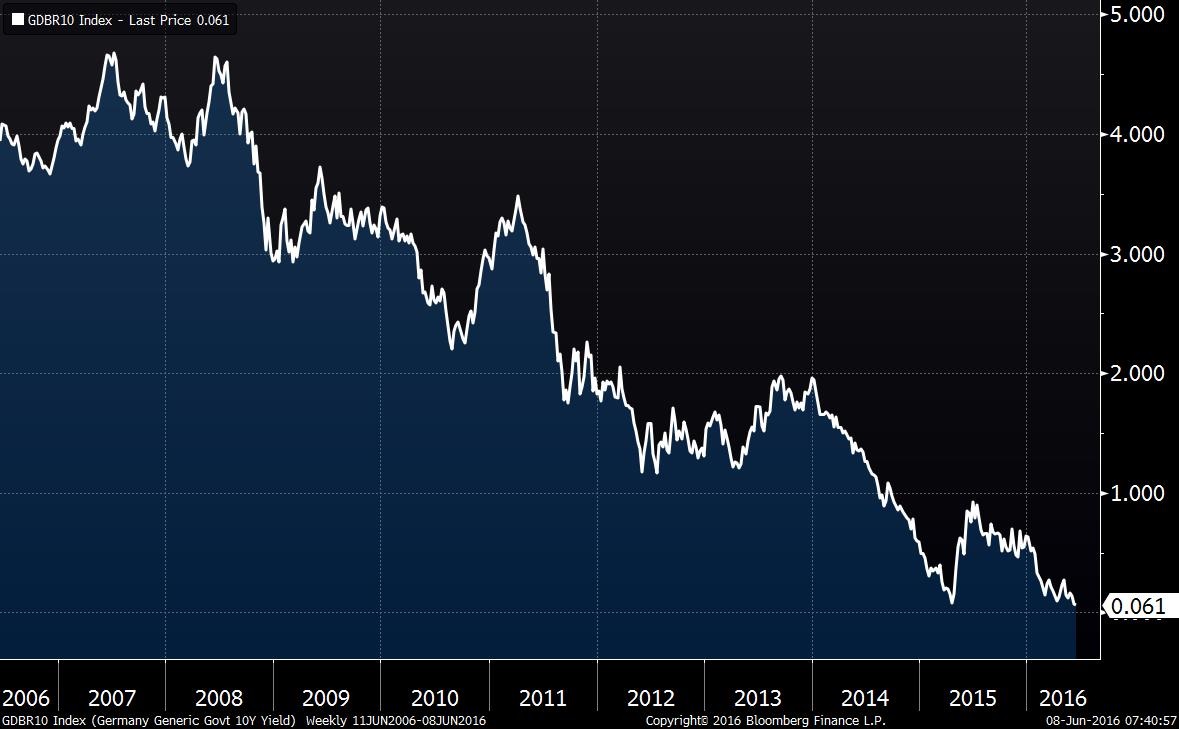Daily Comment (June 8, 2016)
by Bill O’Grady and Kaisa Stucke
[Posted: 9:30 AM EDT] It was another quiet overnight session. As we note above, equity markets are mixed while U.S. equities continue to slowly trend higher. Commodity prices are continuing to show impressive strength. Several factors are lifting prices. The weak employment data has put downward pressure on the dollar which is helping lift the values. Worries about a hot North American summer have boosted grain and natural gas prices. And, a bout of policy stimulus from China has boosted demand. In today’s trade data from China, there was some good news in the commodity flows, although the overall data was mostly neutral. For the month of May, China crude oil import volumes rose 3% compared to a 7.3% decline in April, iron ore rose 6.5% compared to a -4.7% reading in the prior month and copper rose 6.2% compared to a 24.3% plunge in April.
The key unknown is how persistent these trends will be. If the U.S. labor market continues to stay soft, it’s good news for keeping policy easy, but not so good for the economy. A hot summer will boost demand for natural gas and could cut supplies of grain, but gas inventory levels remain high and grain stockpiles are high as well. And, China has been engaging in a “start/stop” policy regime, where it stimulates if growth appears weak, only to withdraw the support as soon as the economy gathers momentum. It’s hard for any trend to show much duration in the current market environment.
Speaking of duration, German 10-year sovereign yields continue to slide.
This chart shows the yield on the aforementioned debt instrument. The ECB announced it was buying high grade corporate bonds as part of its QE program. Essentially, the ECB is finding it difficult to acquire acceptable sovereigns in the quantities needed and this is being reflected in the German yields. We include German yields when calculating the fair value for U.S. 10-year T-note yields. Holding the other variables constant (which include inflation trends, fed funds, the JPY/USD exchange rate and oil prices), a 100 bps change in German yields will, with a positive correlation, change U.S. yields by 23 bps. So, the drop in German yields is bullish for U.S. long-duration Treasuries, but not a decisive factor.



